IndiaWilds Newsletter Vol. 5 Issue VII
Soundscape Ecology in Conservation:
India is losing its wilderness areas to large projects like dams, canals, power plants, roads etc. Some of these diversions are forced on the MoEF (Ministry of Environment and Forests) by other cabinet ministers and PMO, some diversions due to populist pressures, there are also many cases where clearances are given to industries and projects based on faulty EIA (Environmental Impact Assessment).
I have been privy to some EIA reports and have been aghast by the manner in which documentation of the flora and fauna is done. Most of these reports conclude that they didn�t find any evidence of wildlife in the place. Despite protests, the agencies conducting the EIA stick to their guns and say that they didn�t have any direct sighting of any wildlife.
It is a well known fact that wildlife with their keen sense of hearing, smell and sight can detect our presence much before we do and due to the poaching and anthropogenic pressures wildlife often don�t want to advertise their presence infront of people. Even in reserve forests and National Parks where there is lot of disturbance from people, the animals become nocturnal in their habits. Hence the team undertaking the EIA don�t get direct sighting of wildlife. In hard ground it is difficult to see the pug marks, hoof marks or other such imprints and it becomes easy for the team to declare that the place is devoid of any wildlife.
Even though wildlife may not be directly seen by us, there is a way of detecting their presence in a particular habitat. Animals, birds and insects are prone to vocalisations for various reasons. They vocalise or make sound to communicate within their own species as well with members of other species. Birds singing, mating calls of various species, vocalisations to inform others about food, mother calling child, alarm calls, warning calls to other species during conflicts and many others happen routinely during the day and night. Some calls also vary during seasons in terms of duration as well as in frequency. There are also calls and animal sounds in response to human intrusions into their habitat and also in response to anthrophony (ie.sounds created by man, tools, machines, airplanes etc). So the biophony (sounds of living organisms) signature varies in response to anthrophony.
At certain seasons, due to migrations of animals and birds, there are more and varied sounds simply due to the presence of the migrating species which were not present in the previous season. For example a grassland appearing naked to an untrained eye can suddenly with the change in season vibrate with the melodious calls of birds, sharp calls of raptors chasing them as well as lesser carnivores trying to predate on them. In less than a few months the soundscape of the place would be completely changed.
Similarly during the breeding time of various amphibians and insects the landscape resonates with their sounds. There are even cicadas which emerge periodically once in every few years and their sounds resonate in the landscape. In North America one species of cicada comes out every 17 years. Needless to say that there are many species residing in a landscape beyond the few mega fauna like elephants and tigers.
At times permissions are given for selective logging under the argument that only a few old hard growth trees are removed and the main forest remains or only if one portion of the forest is diverted the main forest is not impacted. If one records the biophony of the place after diversion of the forest land for projects, the impact of the loss of micro habitats for various species of insects, amphibians, birds and mammals will be noticeable.
We should realise that there is a complex web of interactions and inter-dependencies among various organisms big and small in this world. We cannot play God and remove a few species or few wild lands to satisfy our greed for a modern lifestyle. To rise above the biased arguments and people who are not willing to believe our impact on nature and other species, it would be important to commission studies to examine the soundscape of the place before arriving at any decision. So it would be important to make it mandatory to examine the soundscape or bioacoustics of the landscape to decide the richness of the biodiversity of the place.
Identification of species based on sounds:
The soundscape of the place needs to be examined by competent experts who can identify the vocalisations of animals, birds, insects etc. With the advent of digital technology it is easier for each expert to mark the species in the relevant portion of the spectrogram.
These days there have been efforts to undertake real-time bioacoustics monitoring and species identification through the use of software. (Aide et al.�(2013)�Real-time bioacoustics monitoring and automated species identification.�PeerJ�1:e103) . With the passage of time these automated species identification softwares are going to be become robust. Till that time, we can depend on individual identification of species. Voluntary contribution of many experts can also be taken by uploading the recordings in the websites.
Limitations:
Like all shoddy EIA reports, there is also a loophole ie limitation with the use of soundscapes as one needs to follow a fixed protocol. One should also use the microphone and recording equipment, so that geophony (sound of wind) doesn�t mute every other sound. Careful positioning of equipment is also required to properly record the soundscape.
I hope we can use scientific tools like soundscape ecology to correctly document the places and save them from being destroyed.
Software Programme to identify individual wolf from howl:
In a study finding which has far reaching consequences for use in conservation, a research team from Nottingham Trent University in UK have managed to create a software which can analyse the individual vocal signatures of wolves.
A species like wolves tend to vocalize a lot. They also readily howl when other members of the group are howling in chorus. The wolf howl can be heard from a long distance and helps one member of the group to call others incase of finding a carcass, presence of prey or of competitors and as well as just to inform its position and reconnect with the group.
The researchers of Nottingham Trent University have used the frequency and amplitude of the wolf vocalisations to improve the accuracy. They have claimed to be able to now predict with 100% accuracy about the identity if a single wolf is howling and with 97% accuracy when the pack is howling. The researchers used a total of 67 recordings of 10 individual Eastern Gray Wolf (Canis lupus lycaon) and 112 chorus howls of 109 individual wolves.
Dolphins addressing each other by names:
In an interesting research paper (Stephanie L. King et al) published in PNAS (Proceedings of the National Academy of Sciences of the United States of America) the authors have said that Bottlenose dolphins (Tursiops truncatus) can use learned vocal labels to address each other.
The researchers have said that the bottlenose dolphins develop their own signature whistle. When the researchers played the whistle only the individual dolphin whose signature whistle is being played back responded to it by whistling back. Other dolphins didn�t respond to the whistle.
This signature tune of dolphins may help them in communicating with each other and understanding each other�s location, especially since visibility inside water is limited. This appears to be a promising area for future research.
Current Affairs:
Indian Media and Conservation
A story in Deccan Herald caught my eye. It had the title �Zoo to breed wild dogs in captivity�. Just below the headlines one could see the photo of the two forelegs of a German Shephard dog without showing its head or other parts of its body. Parts of a collar is seen in the image. Clearly the image was clicked in someone�s house.
For a moment I was surprised as Dholes (Cuon alpinus) are also referred to as wild dogs. Reading the story a bit more revealed that the news was about breeding of dholes and not about feral dogs or domestic dog species like German Shephards.
One can see the article in question at this link:
http://www.deccanchronicle.com/130721/news-current-affairs/article/zoo-breed-wild-dogs-captivity
Earlier, there were many instances of vernacular media posting images of Wart Hogs in the place of wild boar (sus scrofa) in the news about wild boars destroying crops -�http://indiawilds.com/forums/showthread.php?t=1729.
Similarly there have been usage of African elephant photo in advertisement campaigns in India.
In an age when the regular print media is getting converted into multimedia with more images and videos to supplement the story, our mainstream media is finding it difficult. Reputed newspapers abroad, with circulation figures that are much lower than our newspapers, still respect copyright and they don�t just copy images from the net and use it without seeking permissions and giving credits as our newspapers do. Paying for an image is unthinkable for most of our mainstream media.
In this case, posting an image of a pet dog and trying to pass it off as a wild dog (dhole) is purposefully creating a wrong image in the minds of people. As such, our people have a lot of misconception about wildlife. Some time back in a class I had asked a bunch of students to tell me the word that first comes to their mind when they hear tiger. Blood curdling, beast, wild, angry, killer etc were the words that instantaneously came to the minds of the students, which in marketing terms are referred to as �top of mind recall�. These words certainly doesn�t show the tiger in good light. You can�t protect something which you fear. No amount of Save the Tiger campaigns can succeed when there is so much misconception about our tigers and wildlife.
Our media should take lot of responsibility. Without media there cannot be efficient awareness campaigns. May be some of our large NGOs can conduct awareness workshops among the journalists. However, who will convince the media barons?
Article on Golden Langur by Biswajit De
Within the city of Guwahati in the state of Assam, a small group of Golden Langurs can be found on a small river island named Umananda Island in the river Brahmaputra�(Coordinates:�26�11’47″N � 91�44’42″E). This article documents the struggle for existence of these Golden langurs..
To read the full article click here -�http://www.indiawilds.com/diary/golden-heritage-on-the-thin-red-line/
Other Conservation Issues:
New habitat for Great Indian Bustard
http://www.indiawilds.com/forums/showthread.php?t=12896
Tiger Sightings in Buxa, Bengal
http://www.indiawilds.com/forums/showthread.php?t=12905
Equipment Discussions:
NTU’s Graphene based sensor with extreme low light sensitivity:
In a major breakthrough, scientists in Nanyang Technical University (NTU) in Singapore have claimed to develop a camera sensor which has 1000 times higher sensitivity than the CMOS and CCD sensors that we use in our cameras. They have claimed that these sensors made out of grapheme need much lesser voltage and hence needs about 10 times less power and have estimated it to cost five times cheaper when mass produced.
The cameras using this sensor will have extremely high ISO ability and can shoot images and or video from daylight to complete darkness. So these cameras have the potential to replace the current IR cameras which is used by security agencies, wildlife filmmakers etc.
For further details please check: http://www.indiawilds.com/forums/showthread.php?t=12903
20.2 MP Canon EOS 70D announced
Salient Features:
* 20.2 MP – This resolution increase probably indicates that the consumers still buy on the basis of number of mega pixels as this is higher than its 1 Series camera – 1D X and 1D C.
* New Dual Pixel CMOS AF system for video as well as still for faster AF during liveview as well as video.
* APS-C sized Canon CMOS sensor
* DIGIC 5+ Image Processor.
* ISO range of 100-12800 (expandable to 25,600)
* High-speed continuous shooting of up to 7.0 frames per second (fps)
* 19-point all cross-type AF system (f/2.8 dual cross-type AF center point)
* 63-zone Dual Layer IFCL (Intelligent Focus, Color & Luminance) AE metering system
* built-in Electronic Level Function for horizon adjustment
* Manual WB settings and AF Microadjustment.
For further details please check:
http://www.indiawilds.com/forums/showthread.php?t=12794
Canon�s new Android App
Details of Canon�s new official app for controlling EOS DSLRs through wi-fi :
http://www.indiawilds.com/forums/showthread.php?t=12888
Natural History
COUNTRY NOTEBOOK: Avian Courts Martial: M.Krishnan�
http://www.indiawilds.com/forums/showpost.php?p=62191&postcount=61
Image of the Month
The honour for the Image of the Month for June 2013 goes to Praveen Siddannavar�s leopard image titled �Monsoon Leopard Kabini�
http://www.indiawilds.com/forums/showthread.php?p=62705
Wildlife Photography
A selection of nature and wildlife images of IndiaWilds members
Leopard after storm & rain by Kaleeswara Srikanth
http://www.indiawilds.com/forums/showthread.php?t=12790
Himalayan Tahr by Mrudul Godbole
http://www.indiawilds.com/forums/showthread.php?t=12816
Secured Steps by Arindam Datta
http://www.indiawilds.com/forums/showthread.php?t=12780
Nilgiri Langur by Roopak Gangadharan
http://www.indiawilds.com/forums/showthread.php?t=12765
Lesser Golden-backed Woodpecker by Sucheth Lingachar
http://www.indiawilds.com/forums/showthread.php?t=12791
Painted Stork Juvenile with catch by Bibhav Behera
http://www.indiawilds.com/forums/showthread.php?t=12805
Spotted Owlet by Kaleeswara Srikanth
http://www.indiawilds.com/forums/showthread.php?t=12721
Test of Time by Kaling Dai
http://www.indiawilds.com/forums/showthread.php?t=12743
I look forward to your inputs and support in preserving the last tracts of wilderness and wildlife left in our beautiful country. For other interesting articles and images check –�http://www.indiawilds.com/forums/
To post in the IndiaWilds forums, you can register free of cost using your Full Name as user id at�http://www.indiawilds.com/forums/register.php
If you are already a member of IndiaWilds and have forgotten you user id and/or password you can mail to�administrator@indiawilds.com
If you want to contribute original articles, or for any image enquiries please send a mail to�administrator@indiawilds.com
Regards,
Sabyasachi Patra
Profile:�http://www.indiawilds.com/about.htm
Contact:�http://www.indiawilds.com/contact_us.php
Facebook:�http://www.facebook.com/pages/IndiaWilds/132629240481
Diary:�http://www.indiawilds.com/diary/
Equipment reviews:�http://www.indiawilds.com/diary/category/equipment/
Forums:�http://www.indiawilds.com/forums/index.php
IndiaWilds Channel:�http://www.youtube.com/indiawilds
Please post your views and feedback in the comments below.
- GoPro Hero 12 Black - 6 September,2023
- Leopards: The Last Stand - 2 July,2023
- Drifting in the Waters of Sundarbans - 26 March,2023

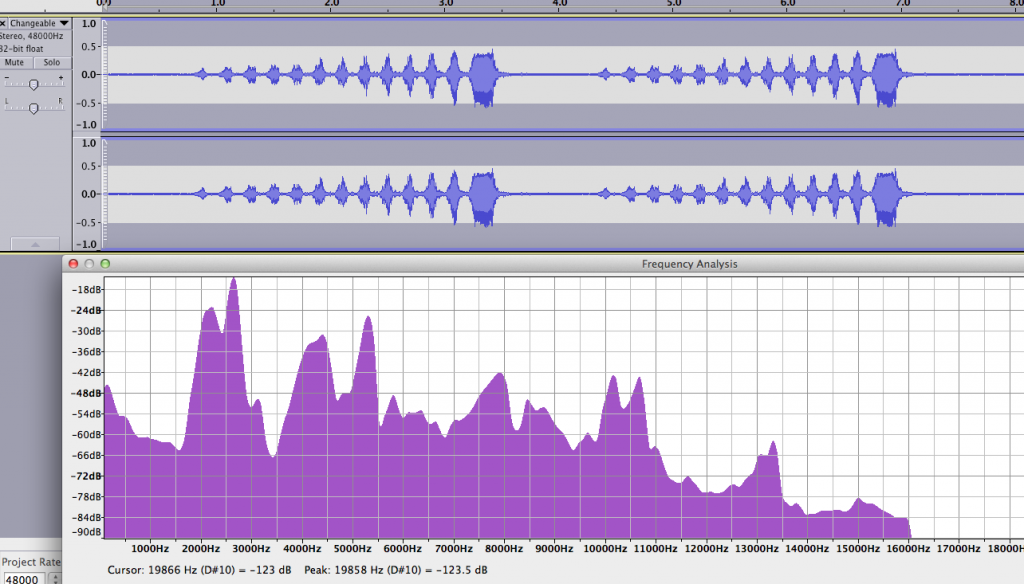
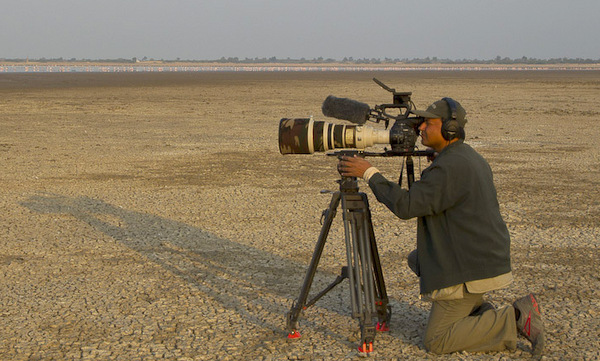

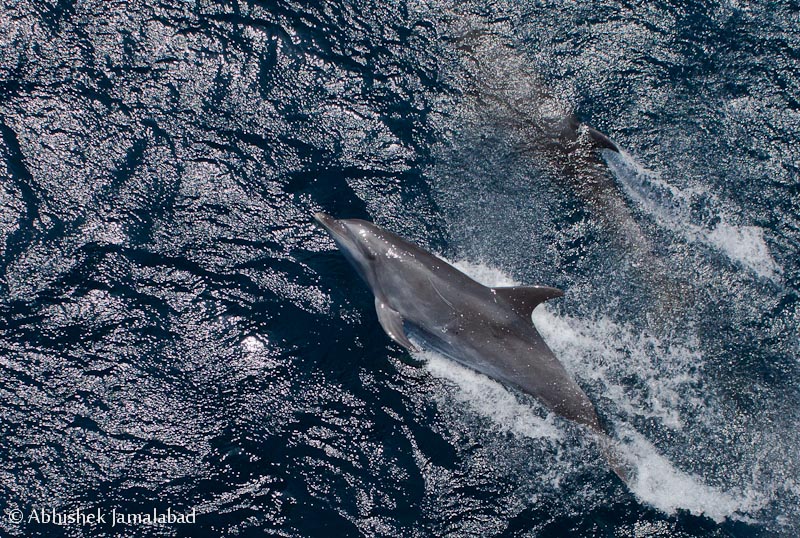

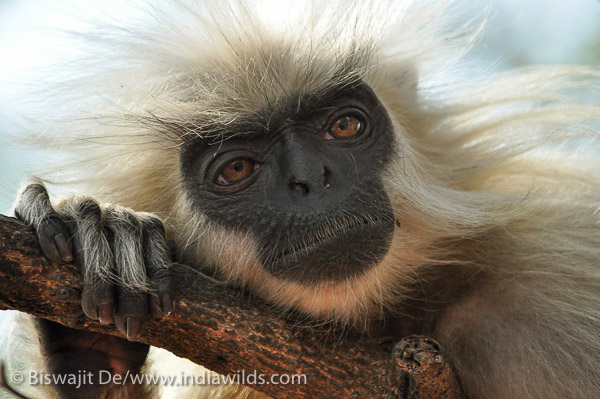


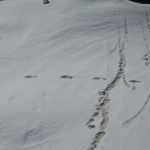

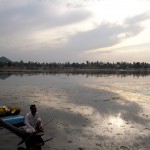
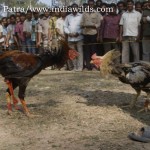
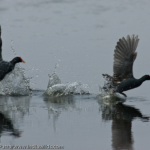

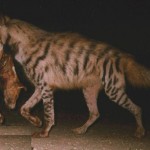




Nice articles in this edition of the newsletter..
Soundscape ecology : MoEF, as I understand, has already been severely criticised by various governments & corporates for have not given them the green signal to some of their heavy cash laden projects.. Since India’s new growth rate, depends on these new projects as well, there has been a hue & cry that it is because of MoEF that we are losing out.. I do agree that MoEF should be little more Eco sensitive in their reports for the allocation of the forest land towards development.. MoEF, having sufficient funds in their ministry, should definitely go for the sophisticated equipments, which would enable them to understand the nature, better.. But, what is stopping them ?? Also, I wonder, whether there are enough discussions with the necessary stakeholders on board, to agree on these proposals & work out a fine balance between the loss & gains towards deforestation vs growth.. And that should be made public, so that we the people get to know both of sides.. But, having said this, let us not forget the agitations of some national & International NGO’s whose only aim is to STALL a particular project and to cater to the whims of their corporate beneficiaries..
Dolphins : One of my favourite species in this world, Dolphins are the most friendly and intelligent mammals in the marine ecology.. The so- called smile in their mouth line and their playful attitude, is something, which I am extremely fascinated by these gentle creatures.. I thought, there has been enough research to tell us, that Dolphins do call/ talk to each other by their distinctive whistles and also do respond to their unique whistle.. How different is this research ?? Or is bottle nose Dolphis different from other categories of Dolphins ??
This is highly impressive.
I need more time to go through them.